N.B – I started writing this post on 23 August 09 but due to the essay, finishing and publishing this was delayed.
Surfing the net I discovered that the V&A had opened a small gallery with work on display from the finalists of it’s Jameel Prize 2009. You may have heard of the famous Jameel Gallery which holds some of the world’s most famous Islamic artefacts. This prize is supported by the same guy who commissioned the Jameel gallery:
The Jameel Prize is a new international art prize launched by the V&A and supported by Mohammed Abdul Latif Jameel. The Prize will be awarded to a contemporary artist or designer for work inspired by Islamic traditions of craft and design. (Taken from V&A’s site: http://www.vam.ac.uk/collections/asia/jameel_prize/index.html)
So on Wednesday (19-08-09) I went along to take a closer look.
Firstly we come across some of the other nominated work. The most eye-catching being Le Salon by Hassan Hajjaj.
It appeared that the corner of a cafe had been cut out from some foreign arab town and planted in the middle of the gallery. The vibrant colours made it stand out and the combination of prints on different textures encouraged an exploration of the ‘environment’. On close inspection I noted the Louis Vuitton covers on the seats sewn to the top of tin containers. As with every other object in this ‘salon’, the seats, tables shelf unit, all were made from everyday items. Most of which are heavily branded. It reminds me of Pakistan where, for some reason, nearly every bit of outside space is covered with advertisement and branding of popular products such as Coca-cola and Pepsi.
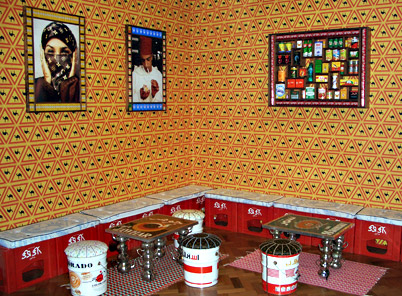
Le Salon by Hassan Hajjaj
On the sign next to this peice installation it said ‘Interactive Installation, Multimedia’ I was a bit confused by this because having sat on the seats and moved around the objects I could not see nor hear anything happening in response to my movements. Later it came to me that perhaps what was meant by ‘multimedia’ was the traditional concept of multiple mediums in use. And the ‘interactive’ element was perhaps the fact that you are able to sit within the environment created by the work and are able to move some of the objects around.
Having studied a BSc in Multimedia I had developed my own understanding and opinion of what Multimedia is but only after coming across varied definitions and interpretations from researchers and practitioners alike. From what I have read and seen most people would regard multimedia to consist of either digital or electronic content that responds to an action. Therefore it is reactive to it’s surroundings or to something that is done to it.
In this example I believe that the term multimedia was referring to the combined elements of print, graphics, photography, textiles and crafts that were used. Nevertheless, I think it fulfilled the interactive purpose it was intended for as, visitors felt able to sit and take pictures on the provided seating.
Next was a large piece that was very familiar to me. I had seen it at the Word into Art exhibition in Dubai a few years ago. Ana by Susan Hefuna is a wooden structure made from pieces that form a pattern in its structure. Seeing from my picture this peice also plays with the light and dark with shadows being cast by the breaks in the patterns formed by the joint pieces. The combination of arabic text and pattern make this a memorable artwork for me.

Ana by Susan Hefuna
Moving round the gallery there is a selection of different mediums in use and all with different themes too. It gives a clear impression that there are artists who are using their specialist areas of skill allowing them to create their artforms in unique styles.
A great example of this is the work of Sevan Biçakçi a Turkish Jewellery Designer. In this collection we have 5 rings which look very ornate from the regular viewing distance. However, on closer inspection (and you can only really get so close because these have been encased behind a glass enclosure) you can see that the large gem/stones that form the centre-piece of each ring actually holds something within. One looks to be the famous mosques of Istanbul, the colourful domes being the notables features of the buildings. The rings are quite large but it still must have been a painstaking process to create the miniature scenes on an within the rings.
Another of the rings looks to be painted with the tiniest of mosaic murals – and if you look closely you can make out the image of a figure within this. The accuracy and detail is quite amazing and makes this entry more fun to gaze at just because you’ll be trying to spot something new. For detailed images and more information about Sevan Biçakçi you can visit his website at http://www.sevanbicakci.com/
The next entry was a recognisable name from the stylistic features of the medium you may also recognise a familiarity in it (see older post in which Abbas’s ‘Paper plates’ were mentioned: https://qunud.wordpress.com/2008/10/29/routes-waterhouse-dodd/). Hamra Abbas’ ‘Please do not step’ was stuck to the floor with an angular pesperctive to give the impression it was projected from above. It was position between the two rooms that make up the gallery and so it was impossible to pass through without stepping on the words spelt out by tiny peices of paper.

Please Do Not Step by Hamra Abbas
The words were constructed with Islamic patterns made from the tuck together pieces of paper, linked to form geometric shapes. On these papers were the words ‘Please Do Not Step: Loss of a Magnificent Story.’ repeated continuously. Looking on Abbas’s web site you can see that she has actually used the same method and medium in her other works and these have been presented in galleries in different ways. I still like the idea of all the small pieces being used to create a larger overall work.
Next to be mentioned is Seher Shah’s Jihad Pop. This is a massive wall piece framed behind glass but completed as a print on a very large paper. The detail is immense and the content slightly overwhelming. Taking the work in as a whole is almost impossible as you cannot see all the details from one vantage point. You can however, appreciate the work that has gone into it. You can also gauge that there are a few different topics being expressed within the peice. Firstly there is the perspective provided by architectural elements. There is then the geometric shapes that come through from this and the obvious cube formations which having been coloured black are reminiscent of the Kaaba (place of Muslim pilgrimage in Mecca and the direction to where we face when praying). Then there are all the smaller petal like shapes that conjoined look like a swarm clouding around different parts of the image.
After walking from one end to the other a couple of times I then noticed some Arabic within the details around the Kaaba. This was ‘Bismillah-ir-rahman-ir-raheem’ which translates to ‘In the name of God, the Beneficent the Merciful’. This is a very well known sentence from the Qur’an which is mentioned at the start of every new chapter. It is also used regularly as an invocation by Muslims on a daily basis before performing any act (mundane or otherwise).
As there are no human figures, or any un-Islamic elements to this work, the inclusion of the above sentence says to me ‘This is Islamic Art’. With a lot of other peices in the gallery there is a link or connection to perhaps an aesthetic familiar in Islamic Art or the cultures connected to Islamic countries. But this work displays the Kaaba as well as holy words from the Qur’an. On top of this, the piece is named Jihad Pop. Jihad is an Arabic term that translates to ‘struggle’, be this internal or external. What struggles is Shah referring to? The ones faced in Islamic countries? Or by Muslims in the West?
There is a slight chaotic nature to the piece and perhaps that was intentional. Is it an indication of how Islam is misunderstood? Or maybe it is the artist’s personal reflection of it?
Regardless of reading too much into the work – I do like this piece a lot. It incorporates many different stylistic features which seem both organic and synthetic at the same time but don’t conflict with eachother.
Now on to the winning piece – 1001 Pages. When I described this to a fellow student/friend at uni she knew why this was significant. The work, on the surface, sounds very similar to what I wanted to create myself at some stage of this project, if not as the final outcome.
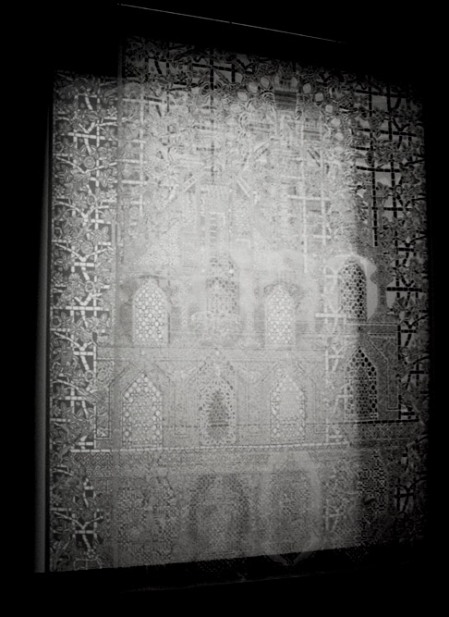
1001 Pages by Afruz Amighi
Some of the similarities are the use of:
- Light
- Shadow
- Patterns
- Projection
‘1001 Pages’ is made from a thin sheet of white plastic which actually seems like fabric (this sheeting is used for making tents) that has been hand-cut by a stencil burner and hung from the ceiling. It is quite large and so comes down close to ground level.
It greatly reminds me of the windows and archways found in mosques and palaces that have cut-out designs for letting light and air in – similar to what you see in the image below taken at the Grand Mosque in Muscat:
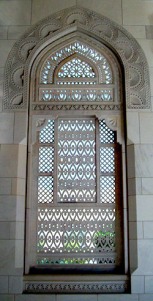
Decorative window - Grand Mosque, Muscat, Oman
The design that has been cut into the sheet is a combination of geometric shapes, vegetal patterns, birds and arched windows with further patterns within. A light is then projected through the sheet to produce a replica on the wall directly behind. The shadows cast from the patterns and intricate details that have been cut produce a lovely mirror image of light playing with dark. Opposites in colour as well as atmosphere – light contrasted to dark creates some brilliant effects.
Afruz Amighi created her work as a static piece – although with it hanging in midair you wonder if a slight breeze coming through the hall will have an interesting affect on the shadows being cast on the wall.
This winning piece is probably an ideal example of where Islamic art has evolved. It is a contemporary piece that utilises current technology but combines hand-crafted skills too with the traditional look of Islamic patterns as used to decorate buildings and ornaments throughout it’s history. The combination of the two allow for the work to also seem timeless but with the added knowledge that geometric patterns go beyond cultural associations because it has a connection with universal aesthetics – i.e. nature and proportion, golden ratio, etc. Then there is the fact that this work could be termed as ‘digital art’ and is moving with the trends – keeping up with the latest form of artistic expression or perhaps just presentation. Whatever the purpose, it doesn’t detract from the look and feel that is generated, if anything it seems approriate to have a projector within a gallery space. And a gallery space which is dedicated to current art work rather than antiques. Islamic Art is alive and thriving!
And to prove this I am aiming to create an installation that is interactive, so hopefully with the incorporation of my chosen design and technical elements the work will be of interest to those viewing it, and possibly fun too. And as we all know this should make it more memorable too.
For more information about the Jameel Prize please visit the official V&A page: http://www.vam.ac.uk/collections/asia/jameel_prize/index.html
And for further imagery and reviews please see Nafas Art Magazine’s article: http://universes-in-universe.org/eng/nafas/articles/2009/jameel_prize_2009/
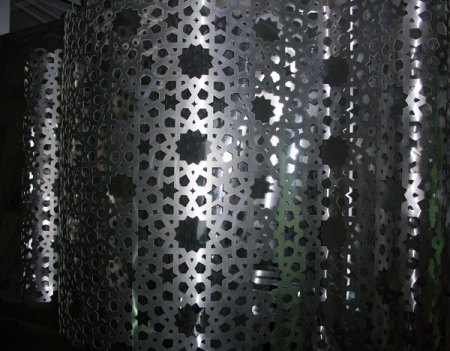
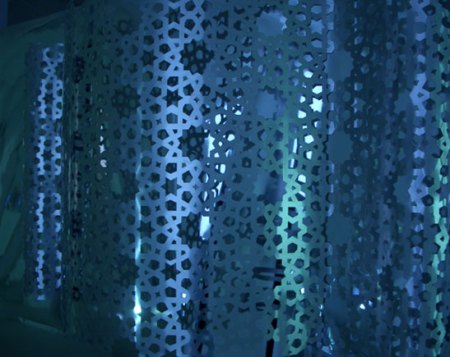
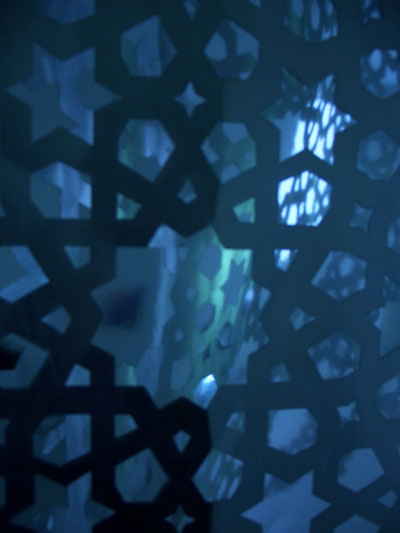
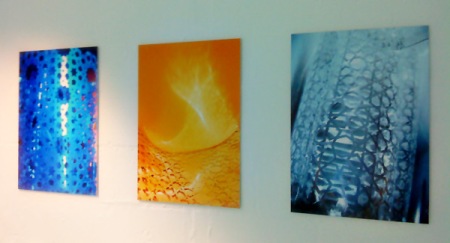
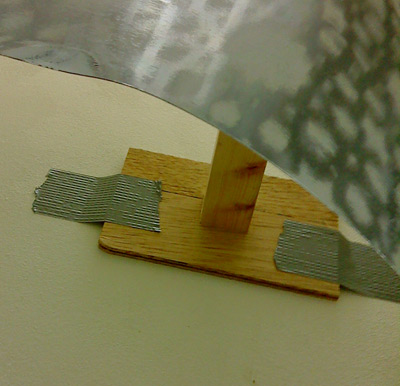
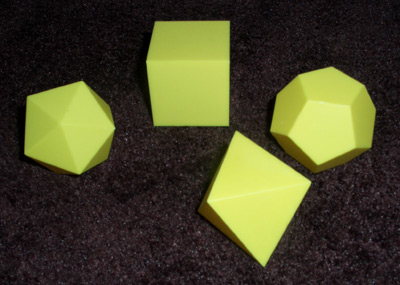
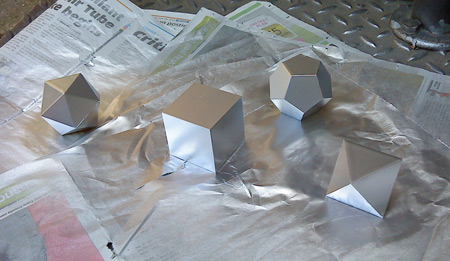
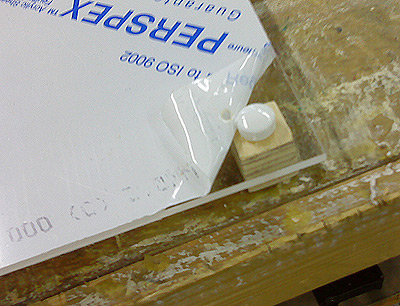

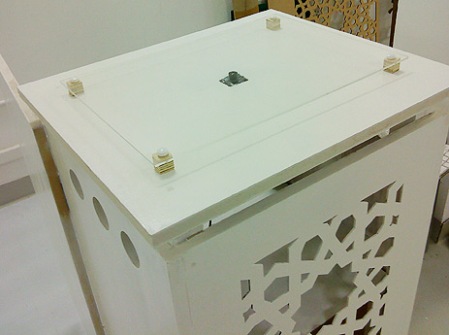
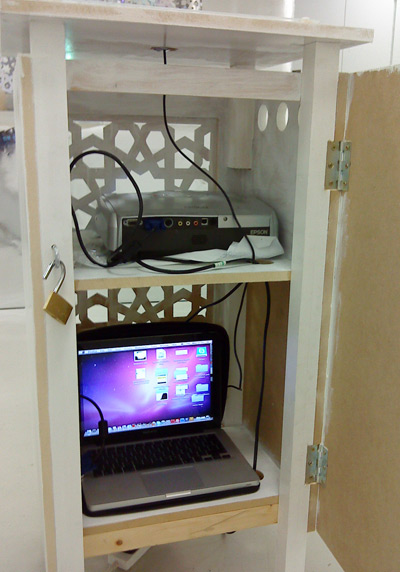
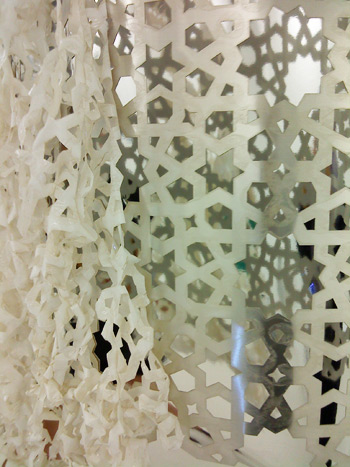
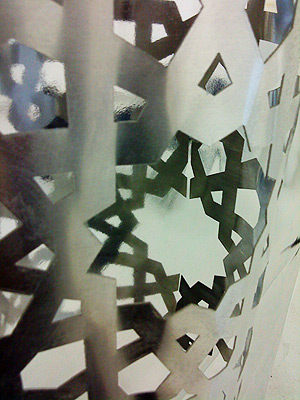
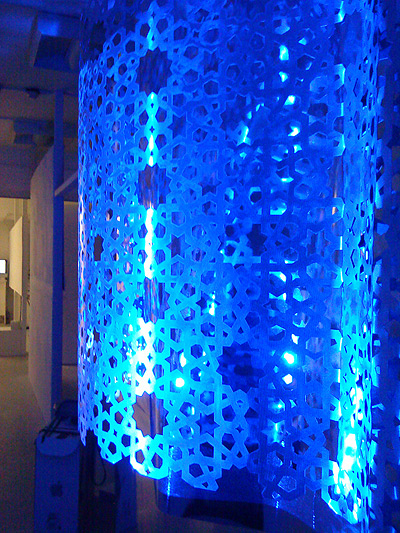

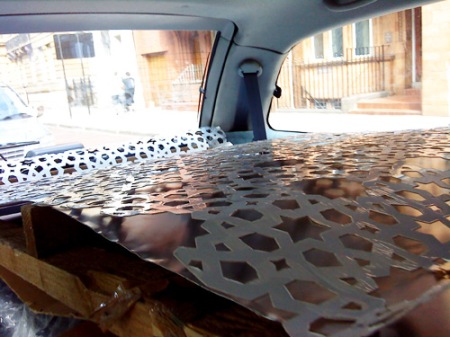
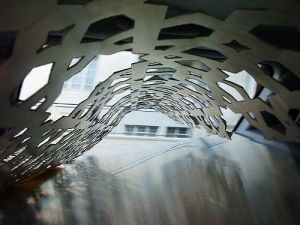


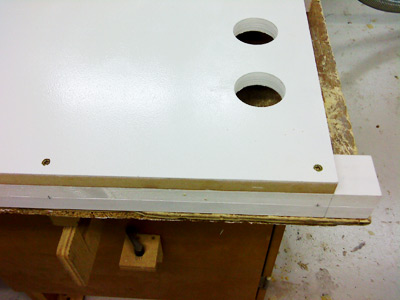
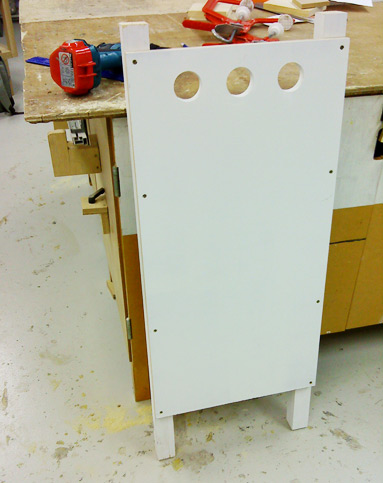

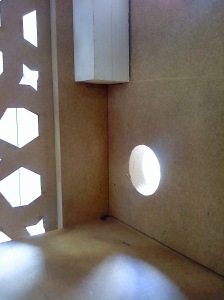
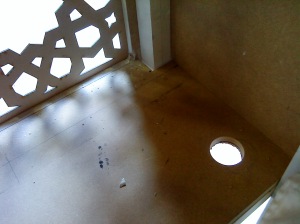
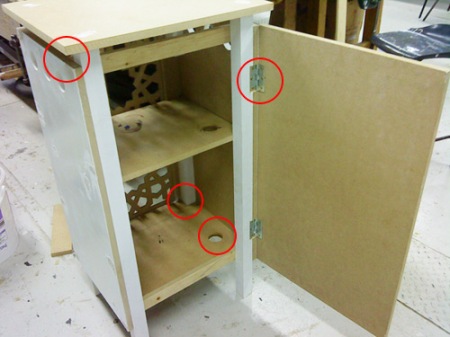
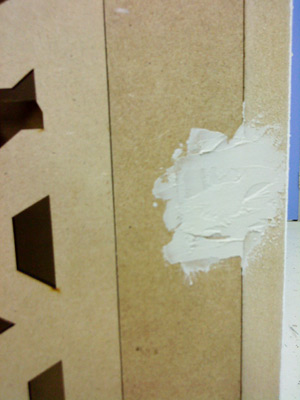
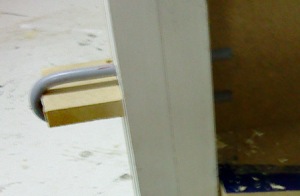
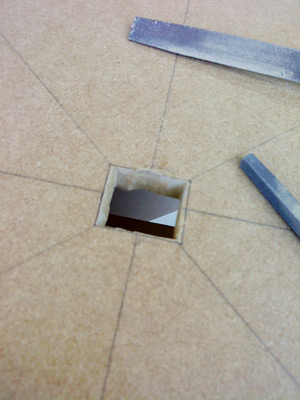
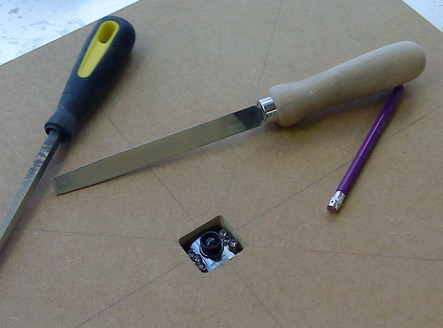


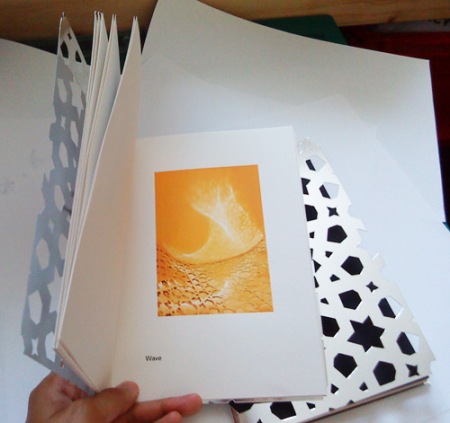
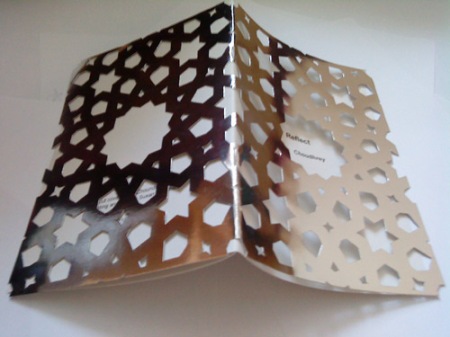
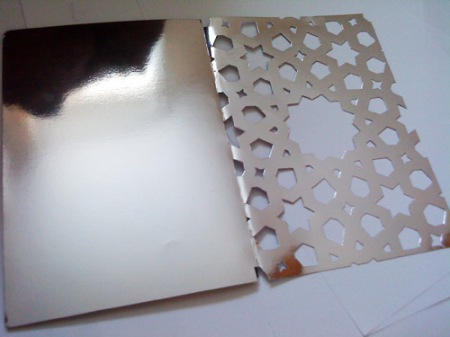

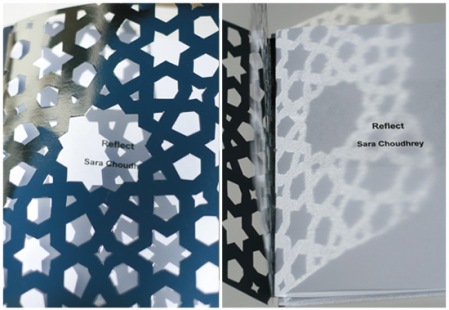
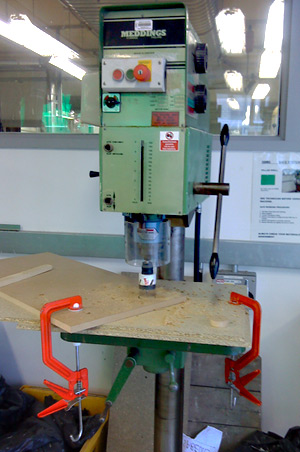


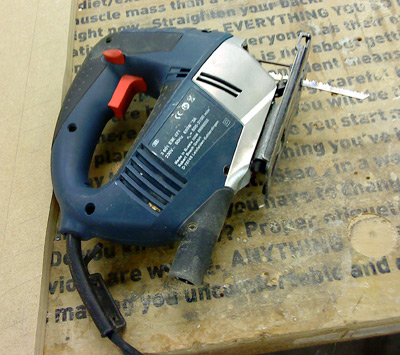
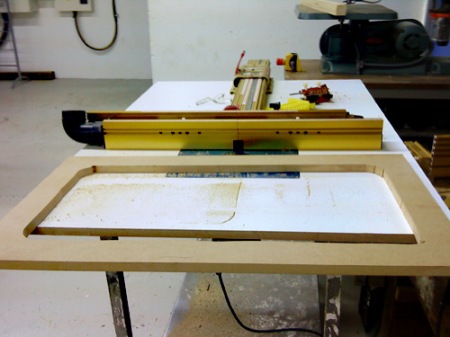
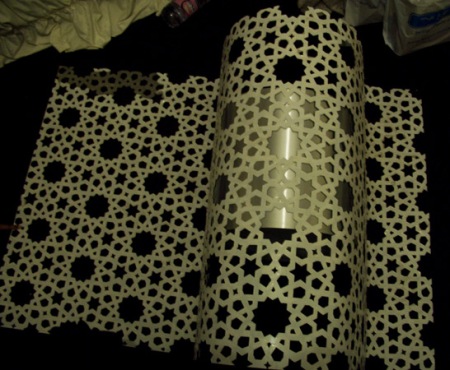

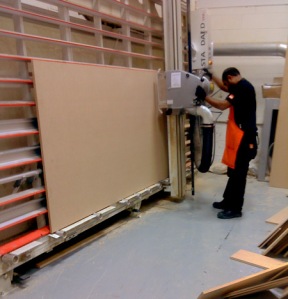
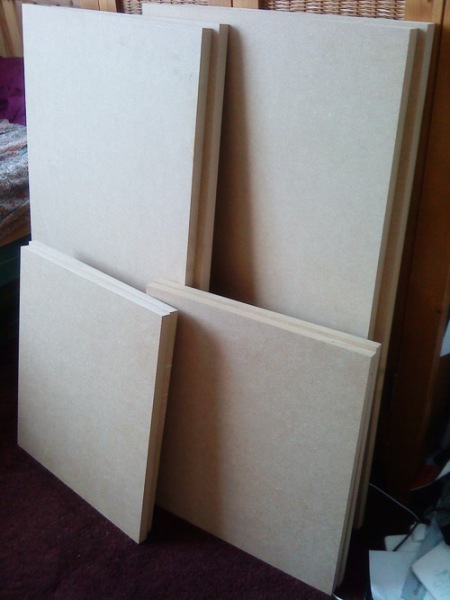

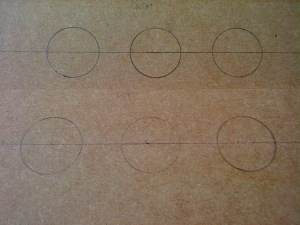

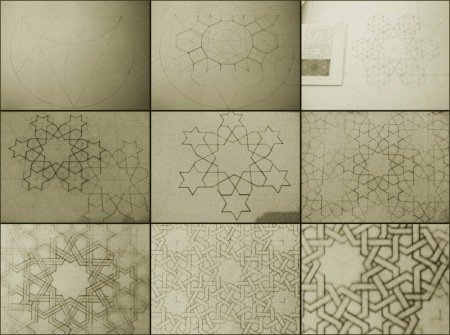



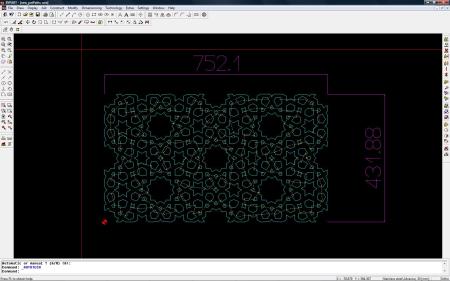
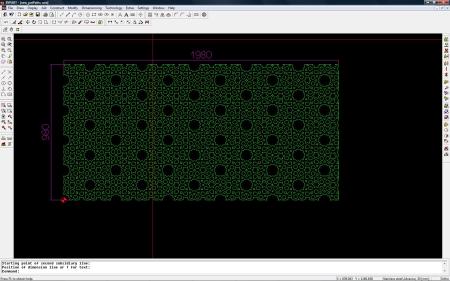
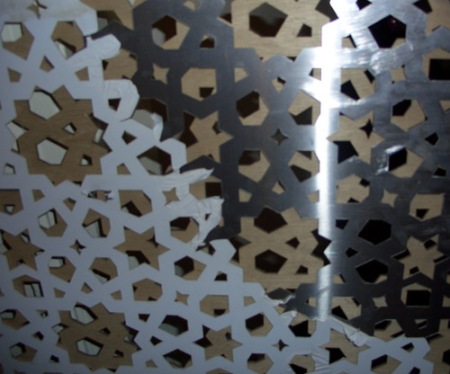
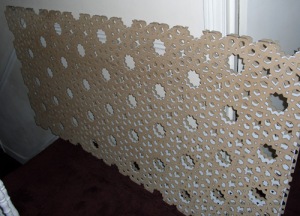
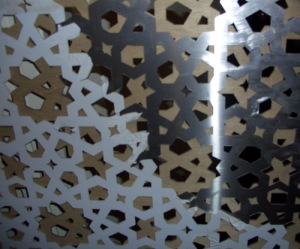
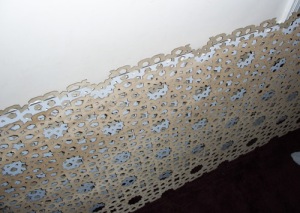


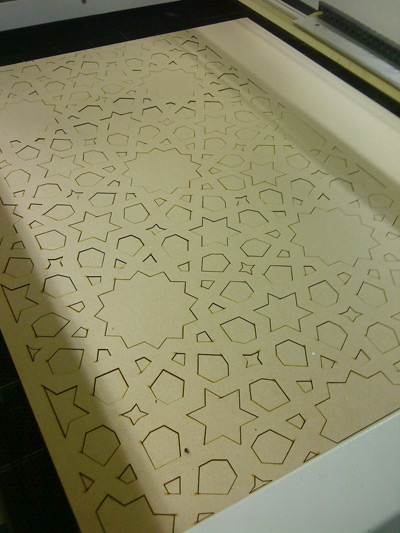

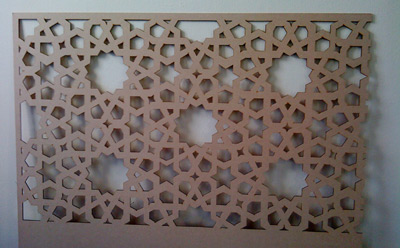
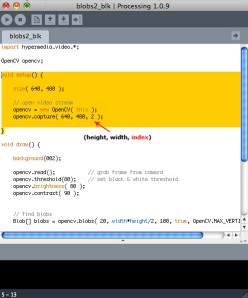
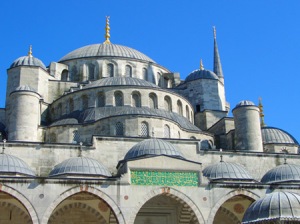
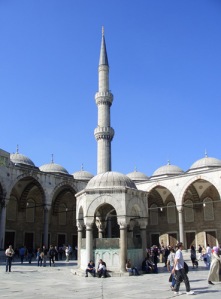
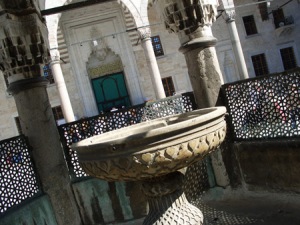

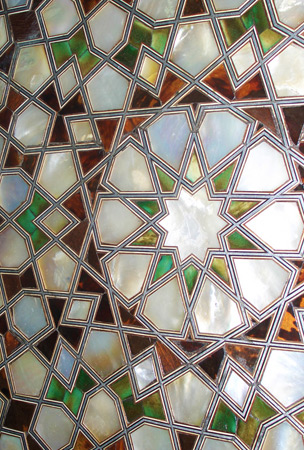
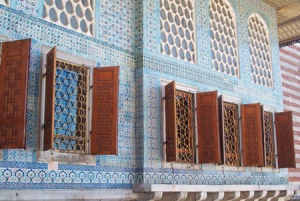
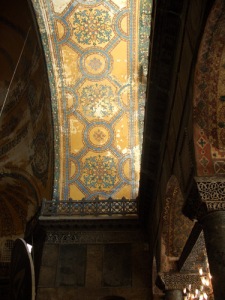
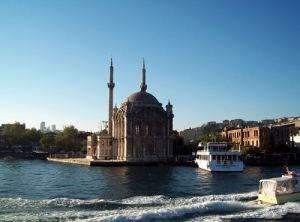


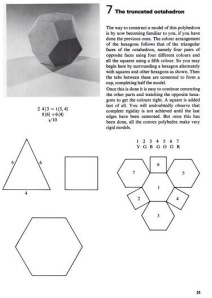

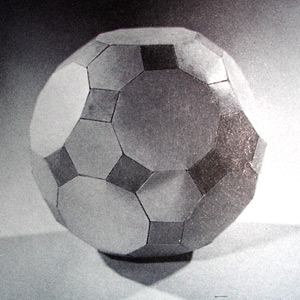



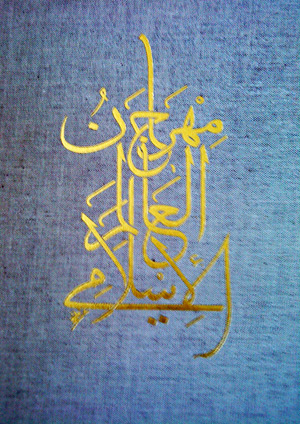
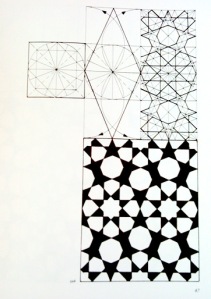
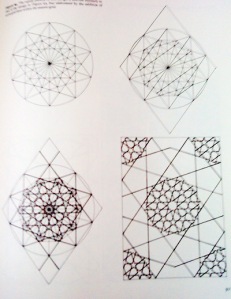


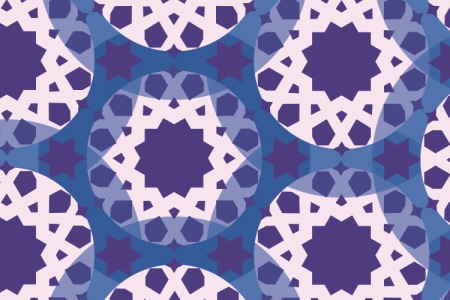
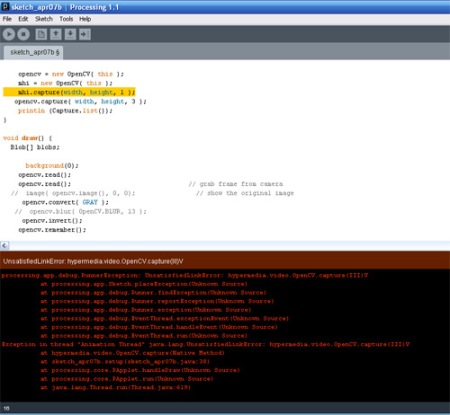
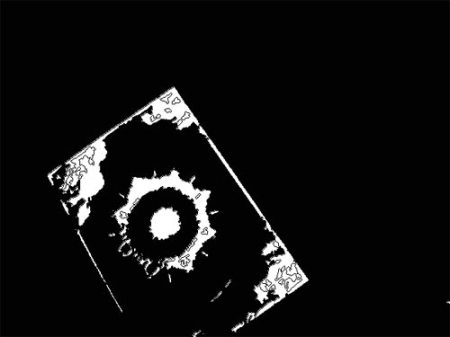
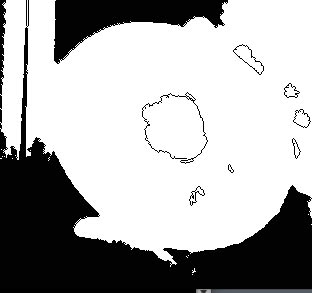
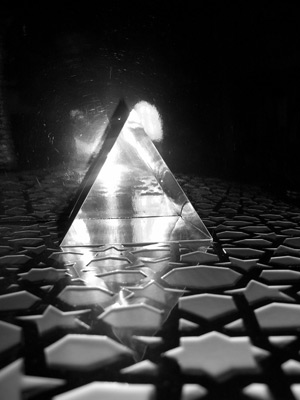

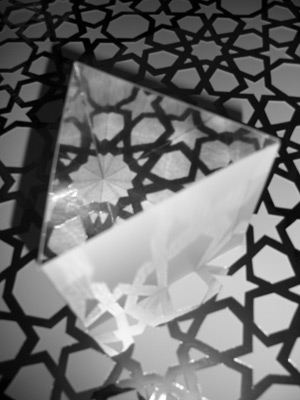


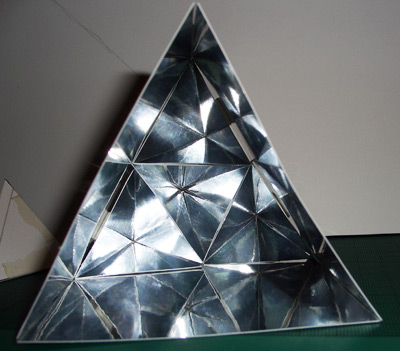
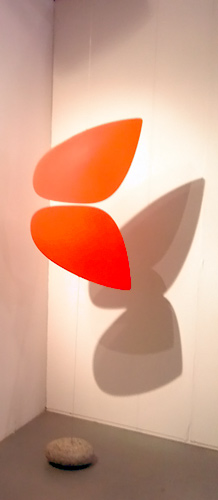
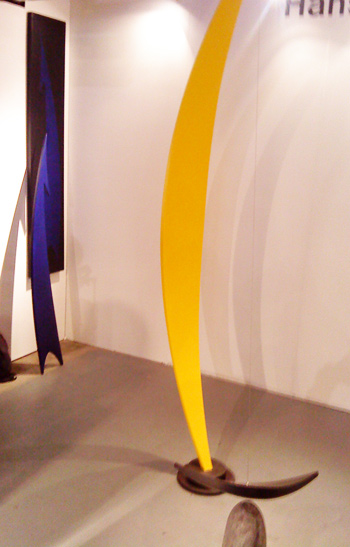
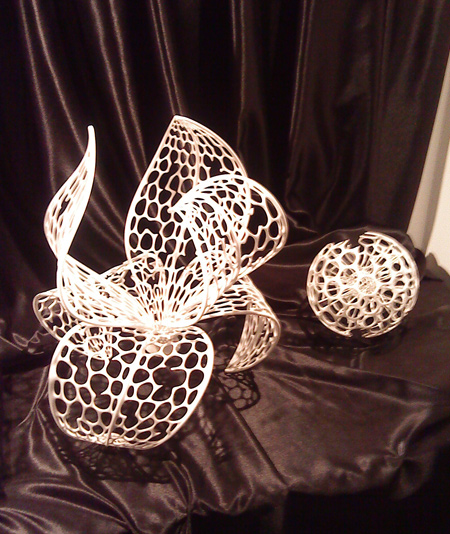
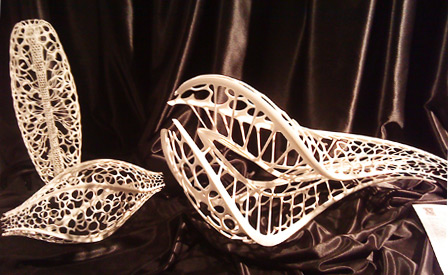
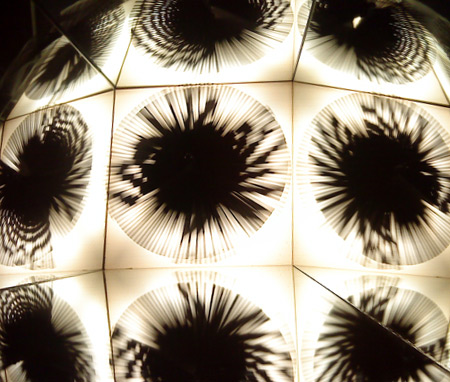
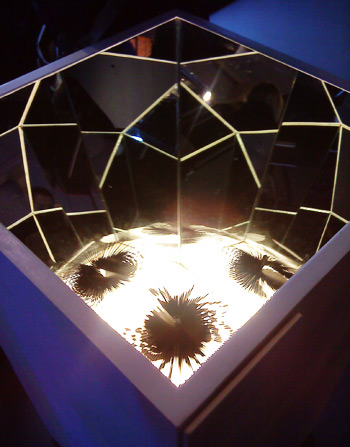
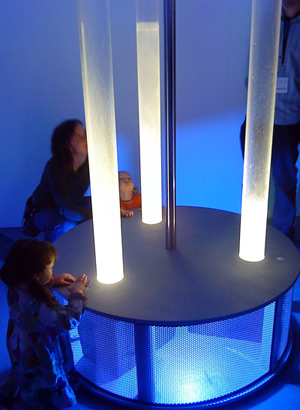
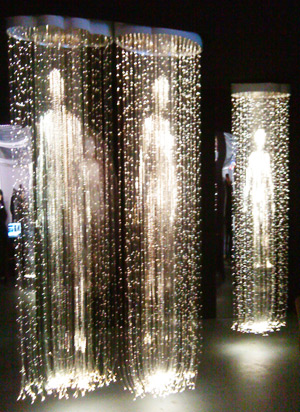


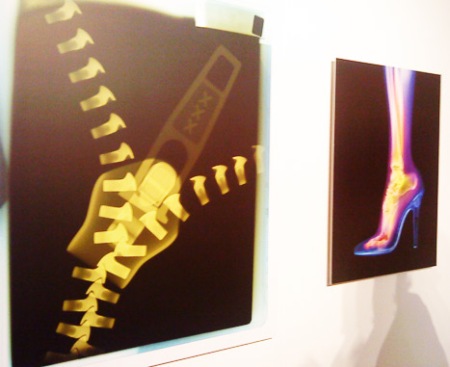

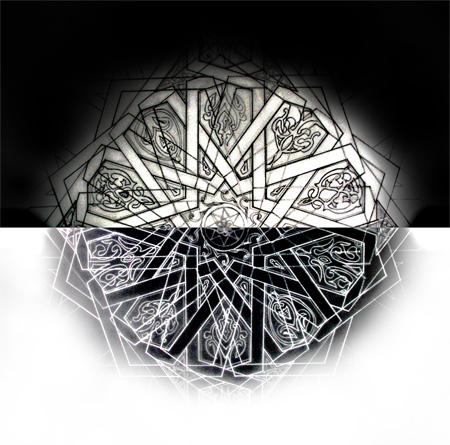

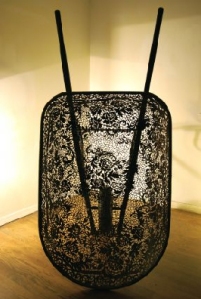
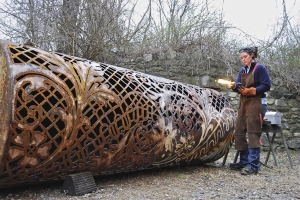







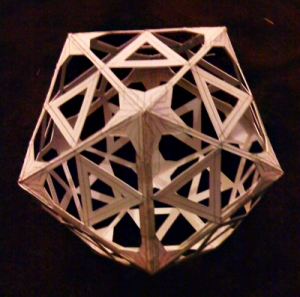
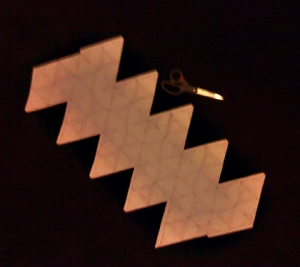
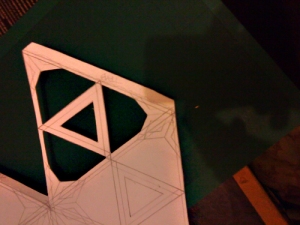
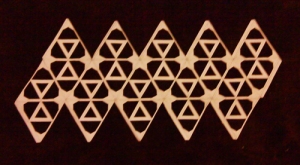
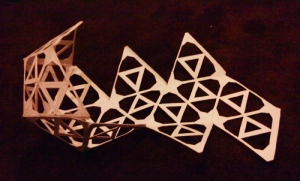
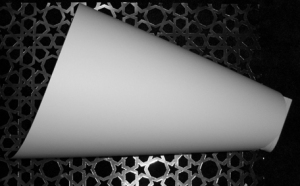

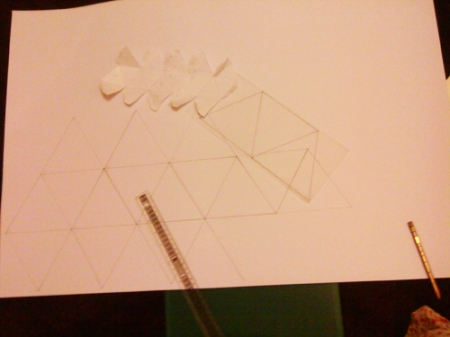
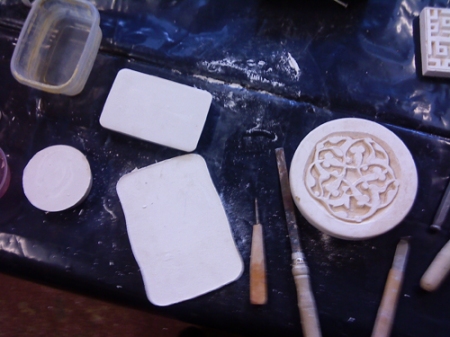

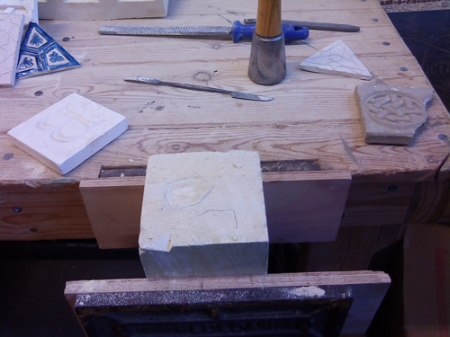
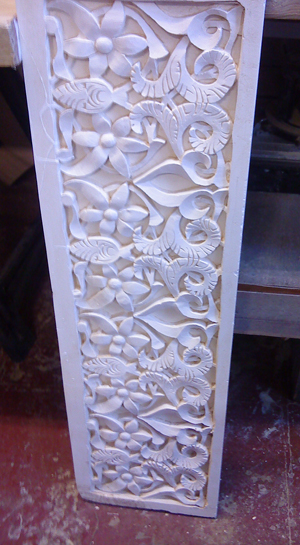
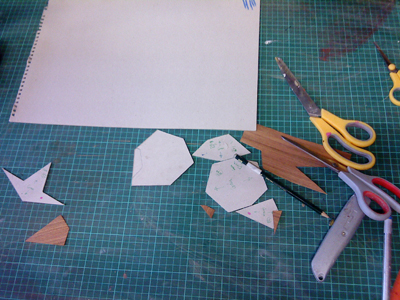
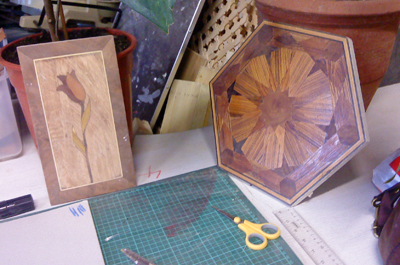
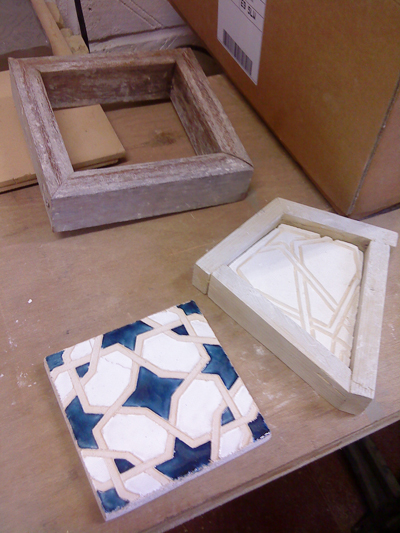

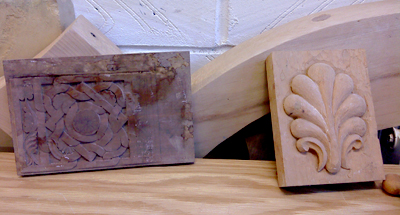

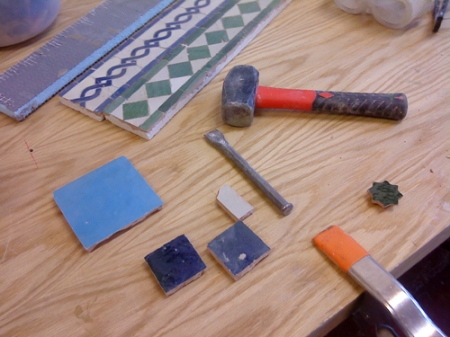

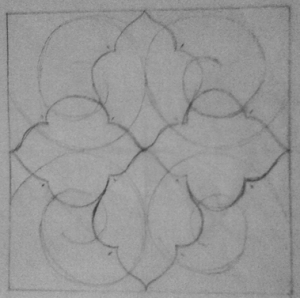
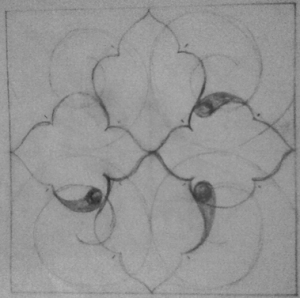
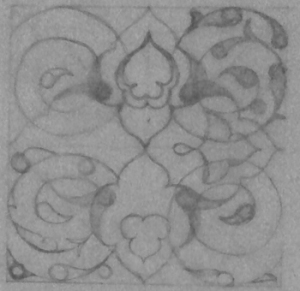
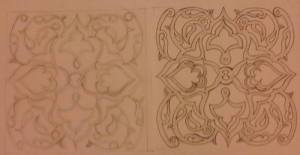
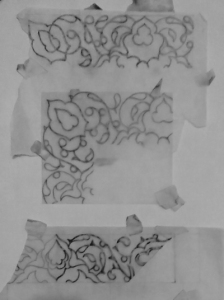
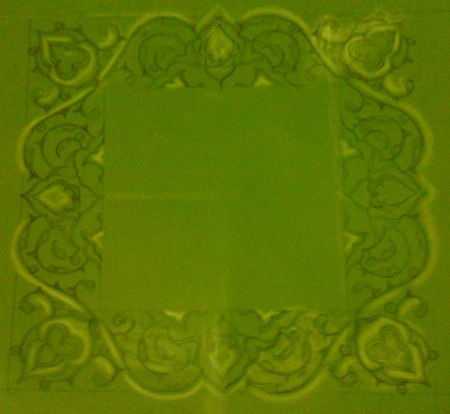
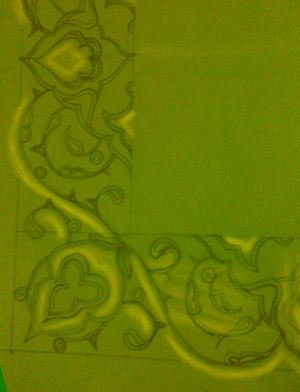
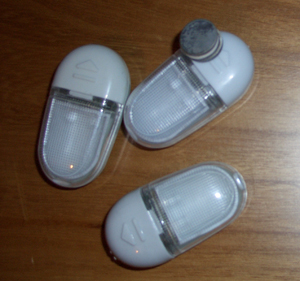
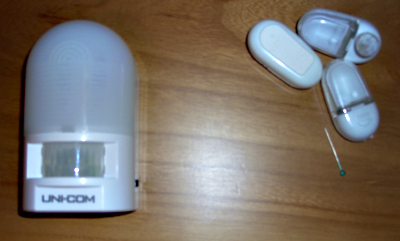
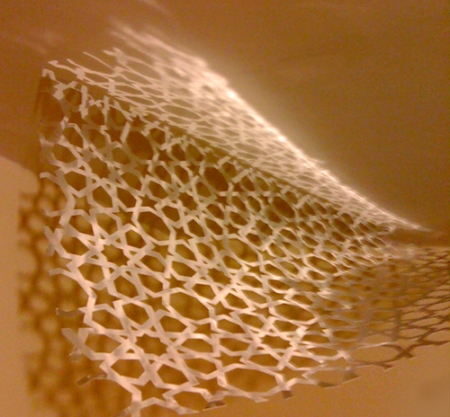
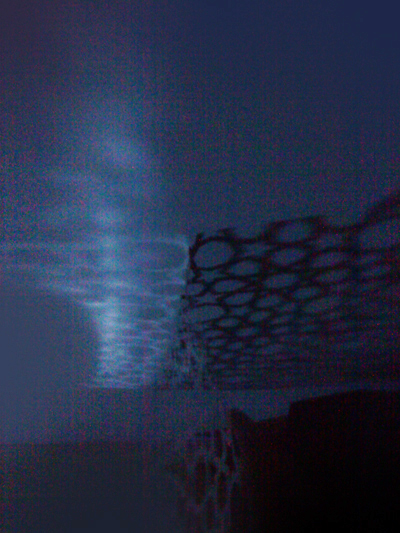
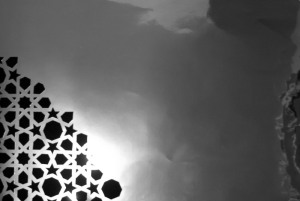
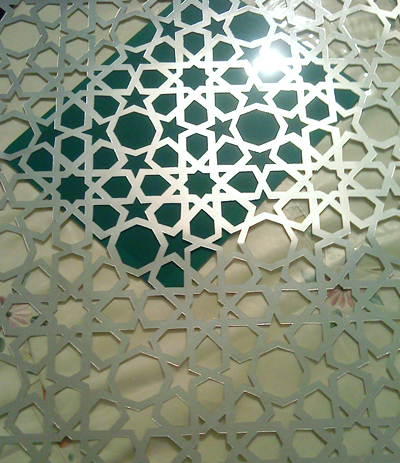
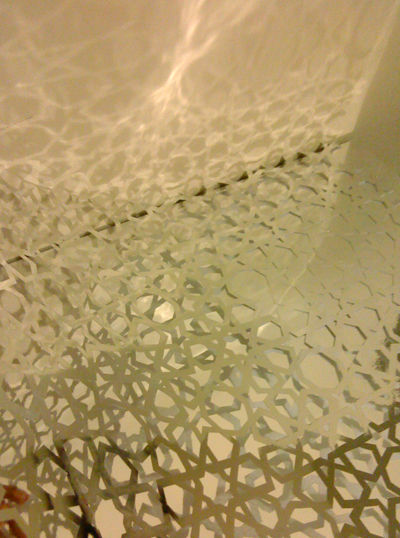
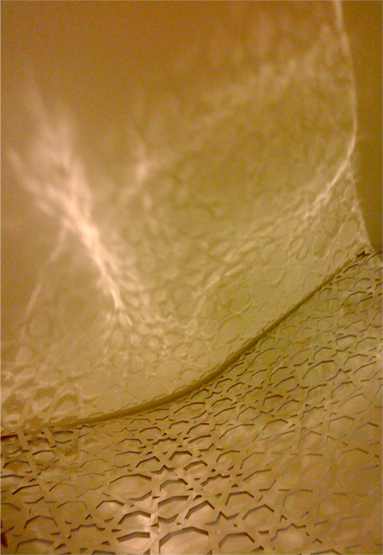

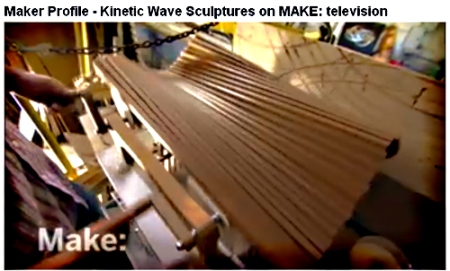




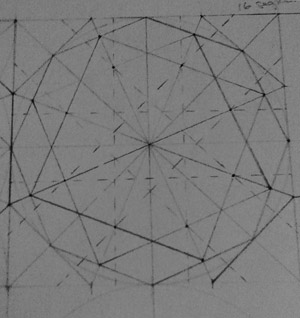
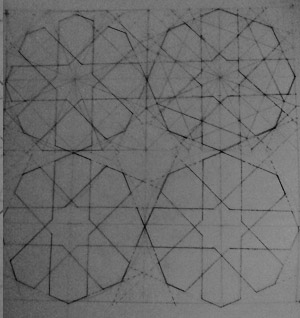
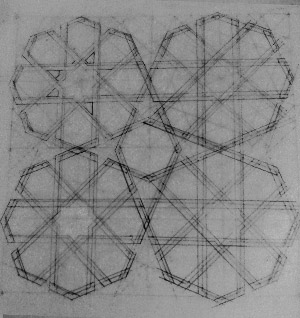
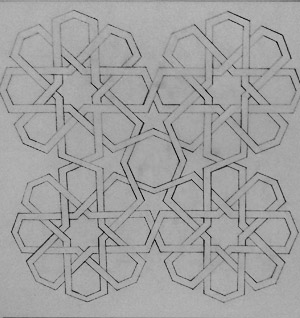
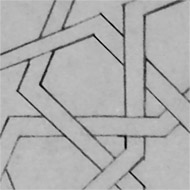
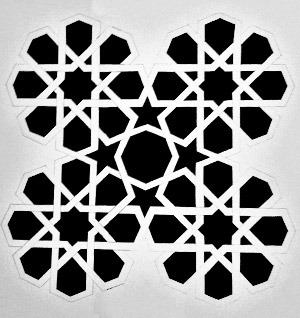
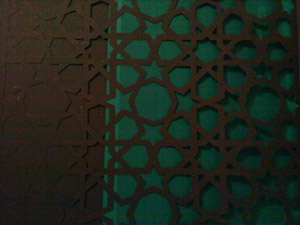
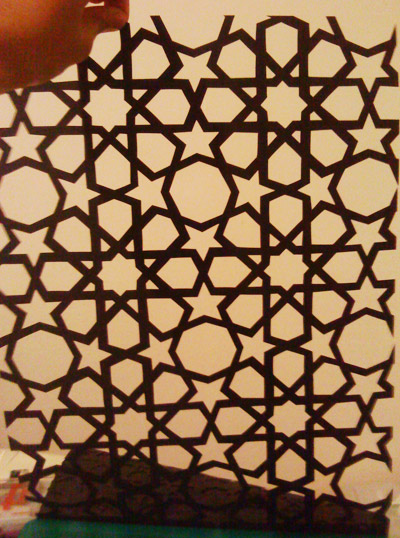

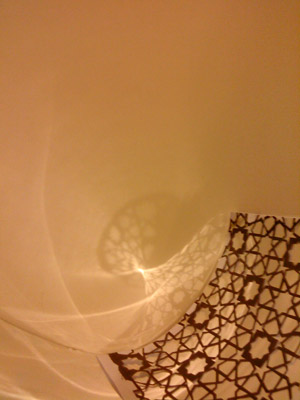
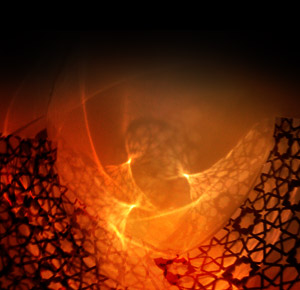
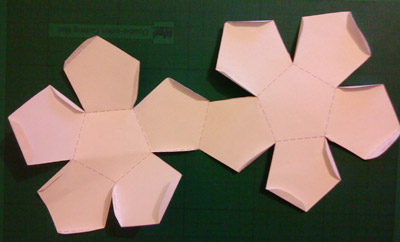
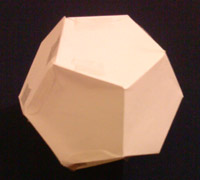
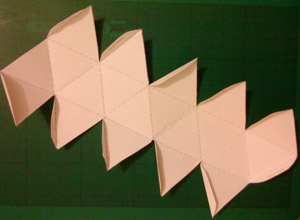
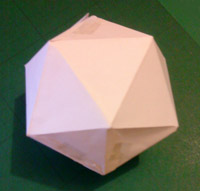
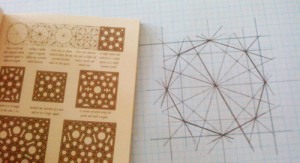

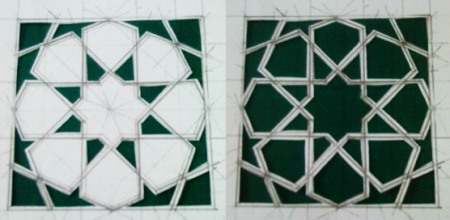
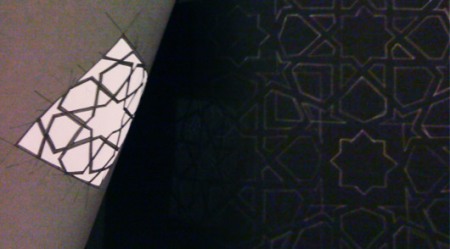

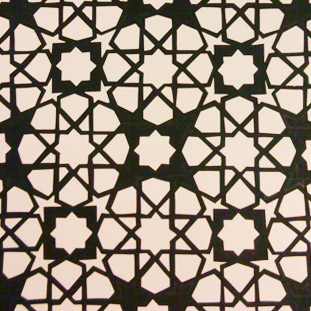
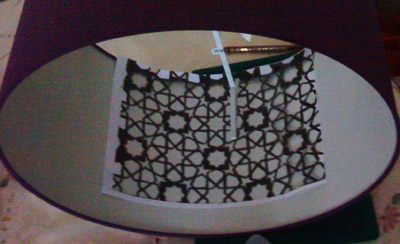
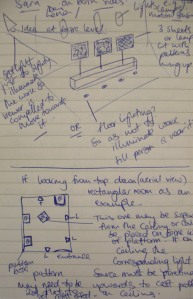





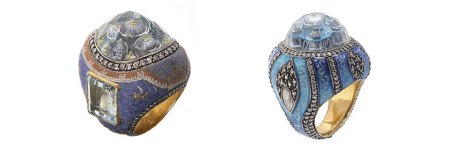








Recent Comments